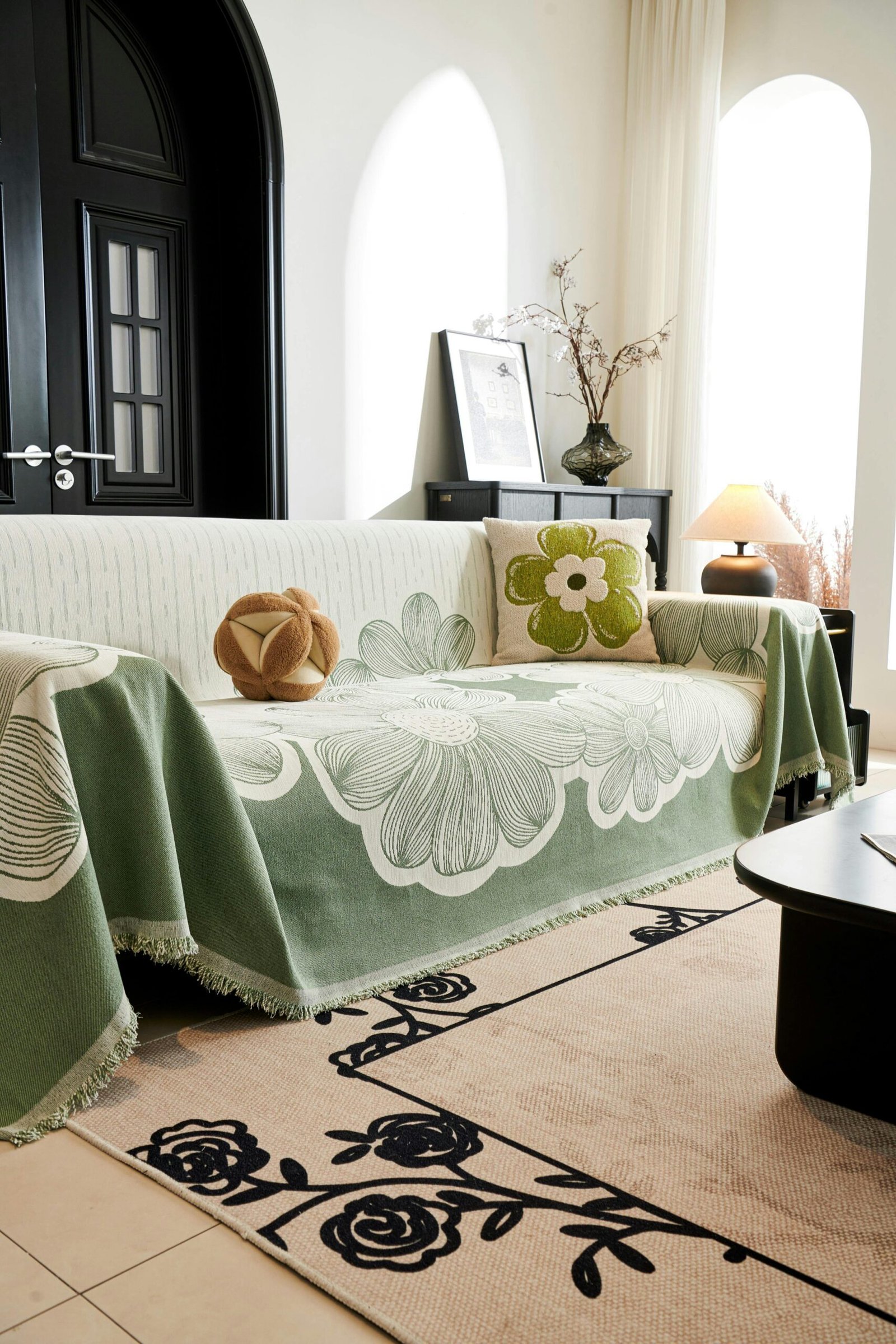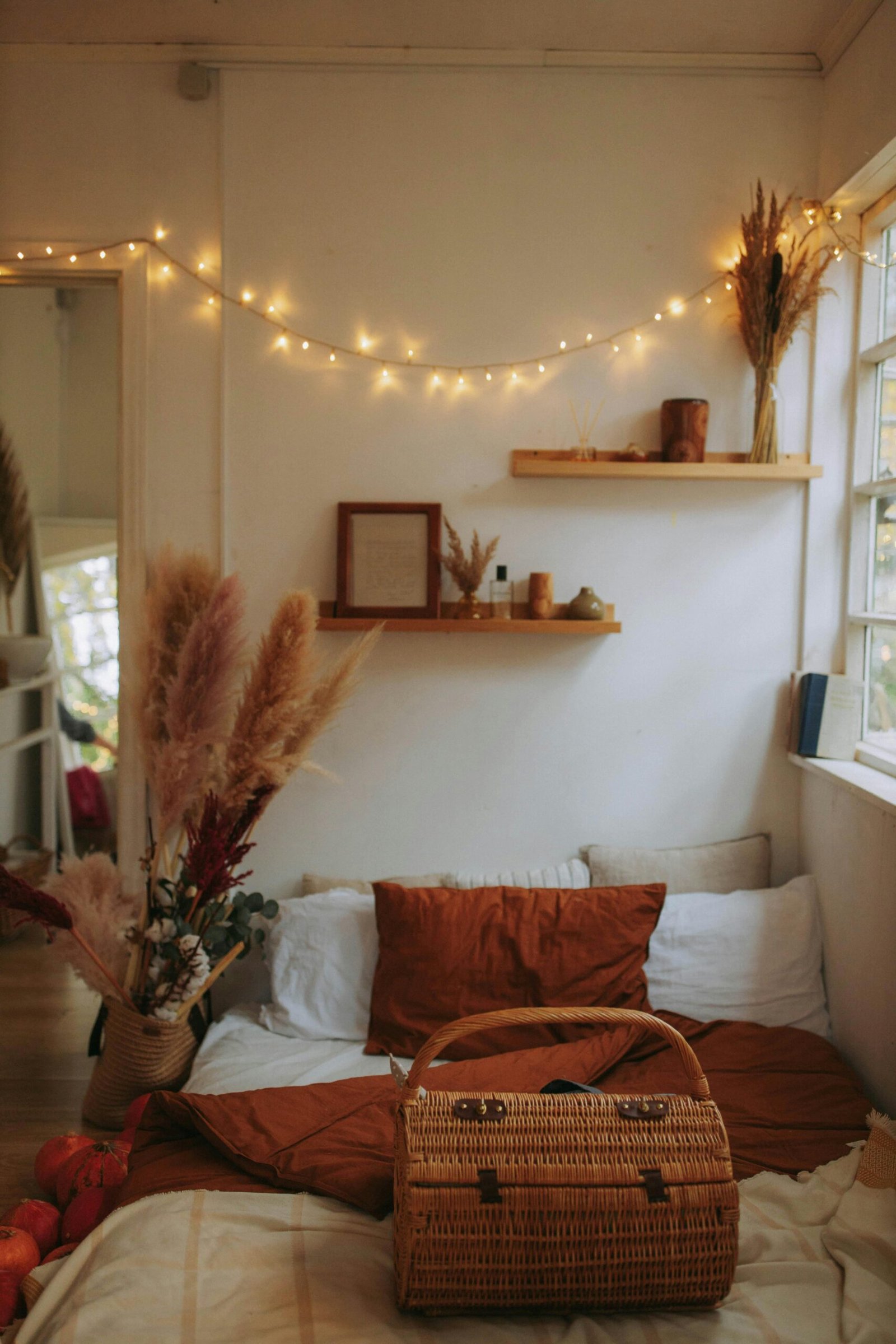Indoor-outdoor flow refers to the seamless connection between the indoor and outdoor spaces of your home. It’s about making the most of your living area, bringing the outdoors inside and vice versa. This design style is all about creating harmony between both areas—allowing natural light, fresh air, and the beauty of nature to flow effortlessly into your home. If you’ve ever dreamed of transforming your home into a spacious retreat where the inside and outside feel like one continuous living space, you’re not alone. The good news is that with the right elements, you can achieve this indoor-outdoor harmony and enjoy the benefits of an expanded, open living area.
1. Creating Seamless Transitions Between Indoor and Outdoor Spaces
To truly enhance your indoor-outdoor flow, it’s crucial to design a smooth transition between the two.
The Role of Glass and Openings
Large glass windows or sliding glass doors can create a visual and physical connection to the outdoors. These features allow natural light to pour into the room, brightening the space while providing clear views of your outdoor area. The more transparent the barrier between your indoor and outdoor spaces, the more connected the two will feel.
Using Sliding or Folding Doors
Sliding or folding doors are an excellent way to bridge the gap between indoor and outdoor spaces. These doors can open up completely, providing an unobstructed view of your garden or patio. They also create an airy, open feel that invites the outdoors into your home.
Benefits of Large Windows and Doors
Large windows or bi-fold doors don’t just increase natural light—they create a more spacious, airy environment. This allows the outdoors to feel like an extension of your living space, making the entire area feel larger and more inviting.
2. Embracing Natural Elements
To really make the indoors and outdoors feel like one, incorporating natural elements is key.
Incorporating Plants Indoors and Outdoors
Plants have the magical ability to blur the lines between indoor and outdoor spaces. By adding greenery both inside and outside, you create a unified, nature-filled aesthetic. Consider hanging plants, floor plants, or even small trees to enhance this effect. Place indoor plants near large windows or doors to create a visual flow into the garden or patio.
Using Natural Materials for a Unified Look
Materials like wood, stone, and metal can easily be carried through both indoor and outdoor spaces. For example, wooden furniture inside can be mirrored by similar outdoor pieces, creating continuity. Stone elements—whether in flooring, walls, or decor—can help tie both spaces together.
Wood, Stone, and Metal in Both Spaces
Using the same materials inside and out helps enhance the connection between the two areas. Wood can be used for both furniture and architectural features, stone can be used for both flooring and outdoor walkways, and metal can be incorporated into outdoor lighting or indoor decor.
3. Matching Color Palettes for a Cohesive Feel
One of the most effective ways to ensure your indoor and outdoor spaces feel unified is by using complementary colors.
Earthy and Neutral Tones
Neutral and earthy tones like beige, brown, gray, and off-white are perfect for blending indoor and outdoor spaces. These colors mimic the natural environment and allow the outdoor elements to blend seamlessly with the indoor decor. Soft greens and blues can also be used to bring nature into the interior.
Using Accent Colors to Enhance Flow
Accent colors such as terracotta, mustard yellow, or deep green can be used to create flow between spaces. A colorful cushion or rug on your outdoor furniture that matches an accent wall inside will help tie everything together visually.
Blending Indoor and Outdoor Colors
Consider creating a color palette for both spaces that complement each other. For instance, if your living room has soft, neutral tones, carry those colors out into your garden with neutral outdoor furniture and soft textiles.
4. Flooring Choices for Continuity
Flooring can help create a seamless connection between your indoor and outdoor spaces.
Using Similar Materials Indoors and Outdoors
Opt for similar or the same materials inside and outside. Using the same wood or stone flooring for your indoor living room and outdoor patio creates a continuous flow. You could also use tile or concrete flooring for both areas to ensure consistency.
Benefits of Continuous Flooring Materials
Using the same flooring for both spaces eliminates the feeling of separation. The consistent texture and color allow the areas to feel unified, no matter where you are.
Outdoor Rugs to Enhance Indoor-Outdoor Flow
If you prefer to use different flooring materials, rugs can still help. Large outdoor rugs in your living area or on your patio can pull together the two spaces, visually uniting them and adding texture to the space.
5. Lighting Strategies for Transitioning Between Spaces
Lighting is crucial when it comes to enhancing the indoor-outdoor flow.
Natural Light and Its Role in Connecting Spaces
Natural light plays a major role in connecting indoor and outdoor spaces. Keep your windows unobstructed to allow as much light in as possible, or consider using glass doors to increase visibility to the outdoors.
Layering Lighting for Both Day and Night
Using various types of lighting—ambient, task, and accent—ensures your space feels welcoming both during the day and night. Outdoor lights like string lights, lanterns, or LED path lights can mirror the interior lighting scheme to extend the atmosphere of the indoors.
Using LED Strips or Pathway Lights
Consider using LED strips along your indoor and outdoor spaces for an added effect. Pathway lights leading out to the garden or deck also create an inviting atmosphere that draws people outside as night falls.
6. Furniture for Both Environments
Furniture plays a big role in unifying indoor and outdoor spaces.
Selecting Versatile Outdoor and Indoor Furniture
Choosing furniture that works in both spaces is a smart way to enhance flow. Look for weather-resistant fabrics for outdoor furniture, and select pieces that complement your indoor pieces in style and color.
Creating Comfort and Style Across Spaces
The furniture you choose should be both stylish and functional. Comfortable seating with soft cushions, throw blankets, and accent pillows can make both your indoor and outdoor spaces equally inviting.
Cushions, Throws, and Pillows for Softness
Don’t forget about the power of textiles in both spaces. Add pillows and throws to both your outdoor and indoor furniture for an extra layer of comfort, style, and continuity between the two areas.
7. Outdoor Living Areas: Extending Your Indoor Lifestyle
The outdoor space is an extension of your home, and it’s essential to make it feel as comfortable and stylish as your indoor spaces.
Creating Lounge Areas Outside
Set up comfortable lounge areas with couches or chairs, pillows, and coffee tables. This helps extend the living room feel outdoors, providing a seamless connection.
Outdoor Kitchens and Dining Spaces
Consider adding an outdoor kitchen or dining area. This addition will encourage you to spend more time outdoors and naturally extend your indoor lifestyle into the garden.
Incorporating Shade and Shelter for Comfort
Don’t forget the importance of shade for comfort. Adding pergolas, canopies, or umbrellas to your outdoor areas will allow you to enjoy them year-round, no matter the weather.
8. Art and Decor: Bridging the Gap Between Indoors and Outdoors
Art and decor can tie your spaces together.
Choosing the Right Decor for Both Spaces
Choose decor that can flow from indoors to outdoors. Weather-resistant outdoor sculptures, art prints, and pottery work well for creating a seamless design between your living room and garden.
Using Sculptures and Art Pieces Across Spaces
By selecting sculptures or art pieces that look great in both settings, you enhance the feeling of continuity. Look for neutral or nature-inspired pieces that reflect both the indoor and outdoor spaces.
Indoor-Outdoor Rugs and Decorative Accessories
Area rugs, throw blankets, and vases are other items that can pull both spaces together. Use them generously to create that indoor-outdoor connection.
Conclusion: Bringing Your Indoor-Outdoor Space Together
The key to creating a harmonious indoor-outdoor flow is blending materials, colors, and design elements to create a cohesive space that transitions smoothly between the two areas. By incorporating plants, large windows, similar flooring materials, and versatile furniture, you can extend your living space to the outdoors and enjoy the beauty of nature right from your home. Whether you’re making small changes or undertaking a full renovation, enhancing your indoor-outdoor flow will transform your space into a bright, open, and inviting home.
5 Unique FAQs
- How can I make my outdoor space feel like an extension of my living room?
Choose similar furniture, use consistent color schemes, and consider adding rugs or textiles that match your indoor decor. A large sliding door or window can also create a seamless visual transition. - What materials work best for creating a seamless indoor-outdoor connection?
Wood, stone, and metal are excellent choices, as they can be used in both indoor and outdoor spaces, creating a cohesive look that ties both areas together. - Can indoor plants really help improve the flow between spaces?
Yes! Indoor plants, especially large ones, can create a visual link between indoor and outdoor areas. Placing plants near large windows or glass doors enhances the connection to the outside. - How do I create a comfortable outdoor dining space that flows with my indoor aesthetic?
Use similar outdoor furniture to what you have inside, such as matching tables and chairs. Incorporate textiles like cushions, throws, or outdoor rugs to maintain consistency between the spaces. - What are some affordable ways to enhance the indoor-outdoor flow in my home?
Use affordable materials like outdoor rugs, matching throw pillows, and plants to tie the spaces together. Even small additions, like string lights or window treatments, can help create a seamless flow.





